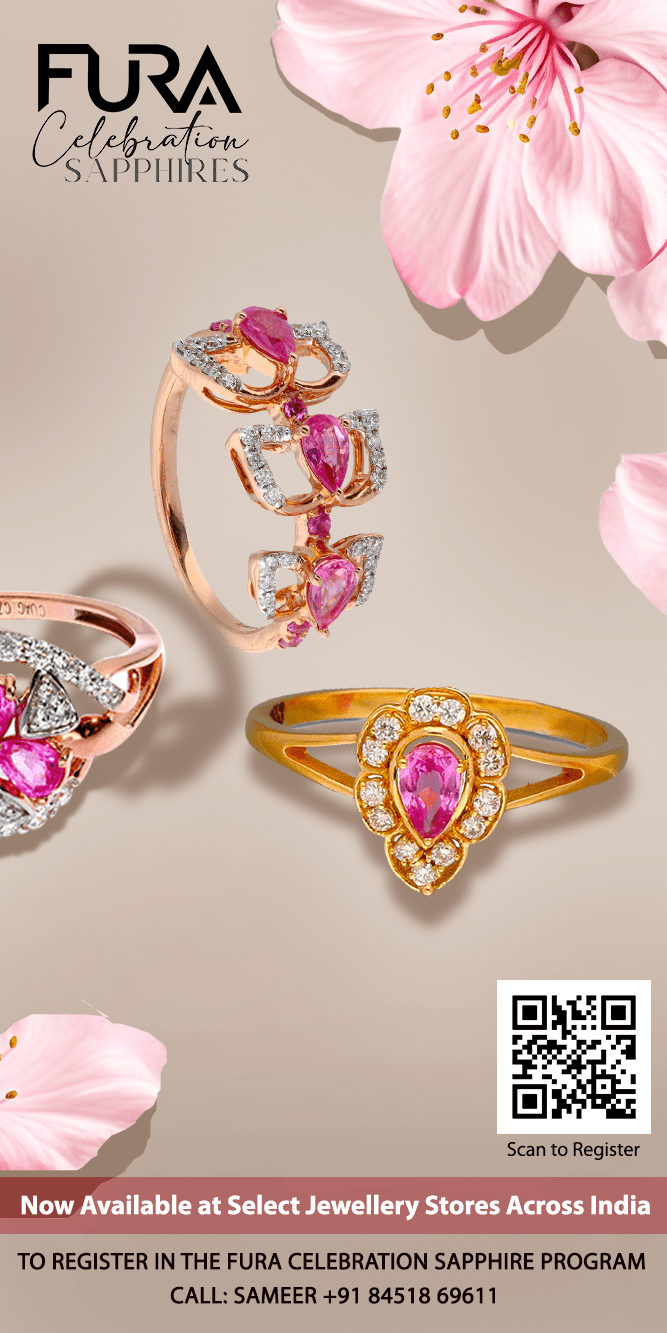Ask Retail Jeweller
Ask Retail Jeweller : Charges & choices

Urmil Kumar Soni, Owner K N Diamond, Bilimora, Gujarat
Major Indian jewellery retail brands tend to give hefty discounts on diamond jewellery. To compete with them, we have started waiving the making charges. For small jewellers like us, however, it is difficult to offer discounts throughout the year. If our prices don’t match those of the big brands, we lose customers. How can we retain customers, and at the same time develop our unique brand value?
A SHIVARAM (AS): The biggest challenge today is to not keep looking back and thinking about how comfortable business was in the past. Those days are gone. As a consultant, I find that this is the biggest challenge my clients face.
Competition is here to stay and is only going to increase. Just buying and selling “generic” items won’t keep the business healthy. Every brand, however small or big, needs to develop its own USP. But this is not happening. Most brands continue to offer ‘generic’ jewellery and compete on price. Their real strength, typically, is not design but standardisation of service across markets.
It’s worth remembering that there are always gaps in the market to identify and fill. The solutions could involve customised jewellery, personalised service, repositioning a brand to cater to a new niche audience, or even going high-end with a combination of all these elements.
Try the following reality check. At the procurement price level, how different are your prices from those of the larger brands? Ideally, you should be more price-competitive, too.
Q: S K Sopheen Harris, Managing Director, D Harris Nadar Jewellery, Nagercoil, Tamil Nadu
Corporate jewellers entice consumers with advertisements proclaiming attractive and predictable prices on diamond jewellery — for example, Rs46,000 per carat for a diamond of a specified quality. Their ads are very effective; some even challenge other jewellers to match their prices. Obviously we can’t do that. What can we do to convince our customers?
AS: Have you done an apples-to-apples comparison of products and prices? Or are you taking those advertisements at face value? If not, then do the comparison. I am sure there are differences in quality, design, finish and so on, between your products and those of your competitors. Can these differences help you justify your price?
If not, then double-check your own merchandise strategies. If they can do business at lower margins, why can’t you? At the same time, ask yourself whether you want to do business at those margins. Only you can answer these questions.
Q: Rajiv Verma, Director, Shere Punjab Jewellers, Satna, MP
Until five or six years ago we used to sell gold jewellery at two purity levels, 23/18k and 22/18k. (The higher denotes skin purity, the lower, melting purity.) This stopped with the introduction of hallmarking. Today, we face an unexpected problem. A few of our buyers from that time have come to us to complain that we misled them. In fact the bills specify that, at the time of resale, 15 per cent of the value of the jewellery will be deducted and only the melting purity will be taken into consideration. How to tackle such tricky situations?
AS: You have three options. First, fully inform your customers about the terms and conditions — the fine print — and explain the arrangement to them carefully. If a customer is not convinced, then either be prepared to lose their business or ask yourself if you are willing to offer them the value they expect. It is difficult, after all, to develop a new customer. I agree, this is a tough choice to make.
Q: Dr. Rajesh Kumar Jaipuria, MD, Jaipuria Group, Rewa, MP
As per the regulations of the Bureau of Indian Standards, we sell jewellery of two purities, namely 833 and 916. Most of our customers, however, are price-conscious rather than quality-conscious. This means that we have a difficult time explaining the higher making charges for hallmarked jewellery. The difference in purity generates an 8–10 per cent gap in the making charge in 833 purity, and a 15–18 per cent gap in the case of 916 purity. How to deal with this situation?
AS: If the customers are price-sensitive and not quality-conscious, consider stocking and selling just the 833-purity jewellery. For the few quality-conscious customers who may be willing to pay higher making charges, display only the 916-purity jewellery. Also, you may want to check why there is such a huge difference in making charges between the two purity levels.


 Personal Opinion2 weeks ago
Personal Opinion2 weeks agoBuy-back on gemstones to be on par with gold; A fear of return on the investment, more among high-end clients: Ankur Anand, Harsahaimal Shiamalal Jewellers

 Maverick Greenhorn1 month ago
Maverick Greenhorn1 month agoSegmenting retail approach to boost business performance

 Exclusive4 weeks ago
Exclusive4 weeks agoPrasad Jewellers’ Gold Bar Challenge fulfils multi-channel engagement goals, attracts young customers

 Daily News2 weeks ago
Daily News2 weeks agoTBZ – The Original launches its first store in Jaipur























